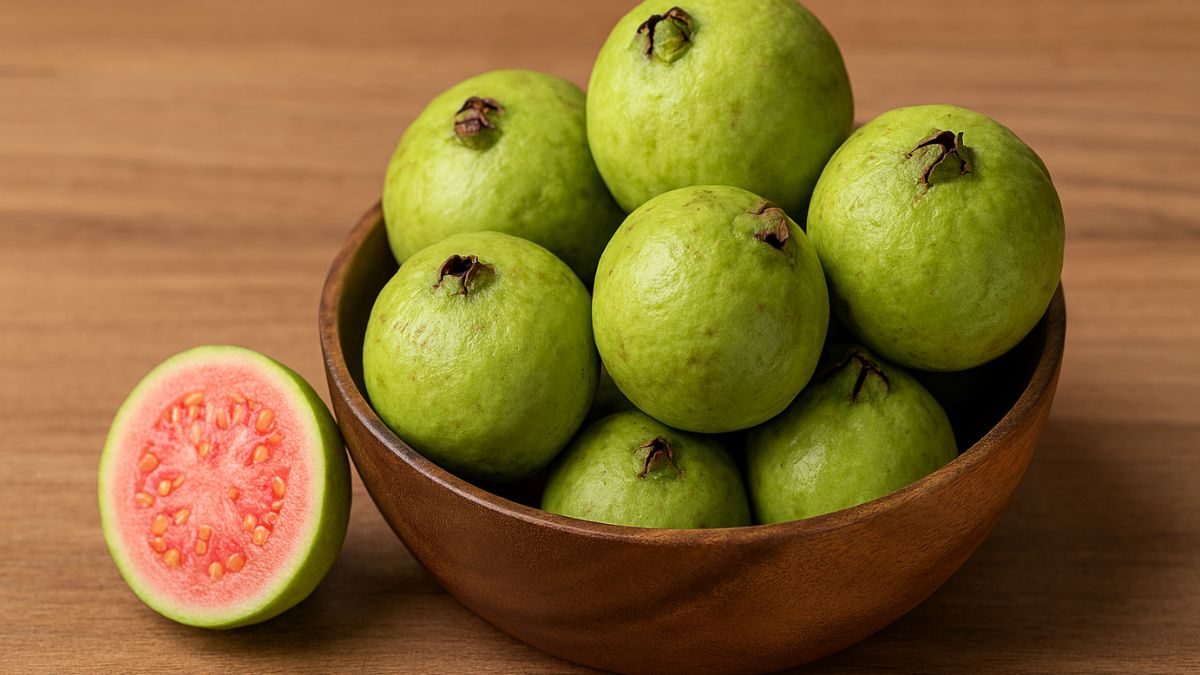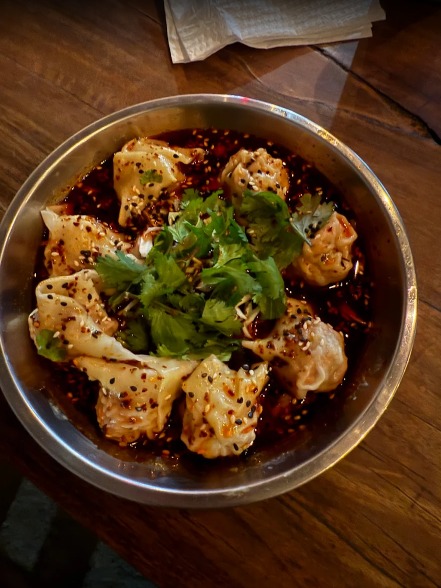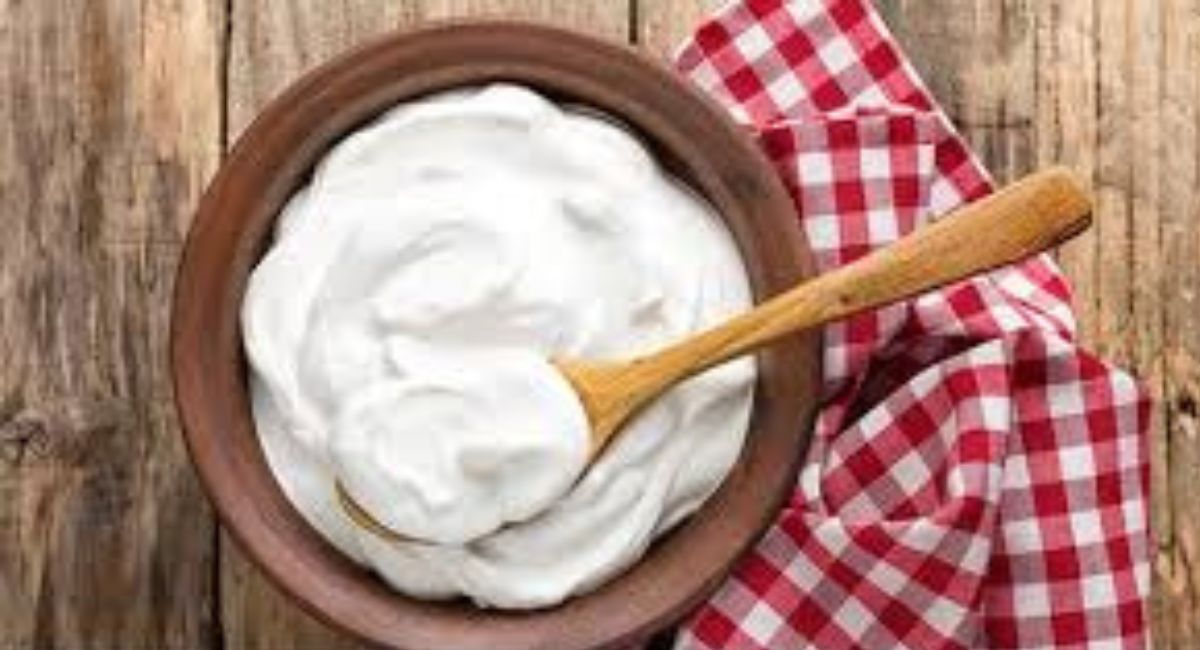It’s officially the season to deep-fry everything. Think fried chicken and fish and chips. So I see you like the crisp and the crunch. That’s music to my ears. It’s true; no other cooking method offers such crispy deliciousness while keeping the insides moist and tender. But frying can be tricky. It’s a delicate task. First, you gather the courage to plunge in those fritters in the bubbling cauldron and then you watch over patiently till the crust caramelizes. A moment of neglect and you could be doling out charred remains. *Sigh*(Fried Chicken Stars in This Make-Ahead Meal)The good news is that you can master hot oil and deep-fry anything fearlessly if you understand the science behind it. To begin with, you should know that stir-frying, sautéing, shallow frying and deep frying all work on the same principles. The only difference is the amount of fat used. When you add food to hot oil, the water vaporizes and the surface dehydrates. The sizzle that you hear is caused by hot steam that escapes from the food. When the moisture is gone, you’ll find fewer, less urgent bubbles.
(Season's Eating: Zucchini and Dill Fritters Recipe)Meanwhile, through a series of reactions sugars and proteins break down to create the golden brown crust. The crust prohibits oil absorption. It is formed as the starch in food dries into a crisp shell and locks the juices inside. This is when heat starts to travel into the interiors. Moisture turns into steam which causes starch to gelatinize like in French fries, proteins to denature in meats and fibers to soften in veggies. No liquid can cook faster than oil. Foods enter hot oil naked and raw and emerge beautifully transformed.How to fry just about anythingChoose the right oil: This has been quite a heated debate. Before you decide to fire up, consider the oil’s smoke point and taste. Choose one with a neutral flavour and high smoke point. Oil tends to break down at typical frying temperatures and releases fatty acids that create blueish smoke. When oil reaches its smoke point it can alter the flavour and aroma of food. "Oil that's being used to deep fry should ideally have a high smoking point and vegetable oils like sunflower oil and mustard oil work well. However, mustard oil tends to impart a distinct flavour and should be used when other flavours of the dish are strong enough to cover up for it. Oils like olive oil and sesame oil are great oils for stir-frying as they are light oil but should be avoided for deep frying as they have low smoking points,” says Nutritionist Shalini Manglani. Bangalore-based nutritionist,Dr. Anju Sood recommends, “Canola Oil and Rice Bran Oil have high smoking points ideal for deep frying and unlike mustard oil they do not leave a flavour of its own.”(Deep-Fry Yet Stay Healthy: Switch to Canola Oil)Maintaining the correct temperature: Bear in mind, as long as your oil is hot enough your food won’t become soggy or greasy. If the temperature is too low then the crust will form slowly which will cause more absorption of fat and the food will become greasy. If it is too hot, it will burn the surface while the insides remain uncooked. For ingredients, make sure they are at room temperature. If you plunge in cold ingredients it will lower the temperature of the oil.Beware of crowding: Fry in batches to prevent the temperature from falling. Pause between batches for the oil to come back to the frying temperature. Cut the pieces in similar sizes so as to allow them to fry at the same rate.Battered or breading: It is the starch that lends the crispy texture to fried foods. Starch is naturally present in certain foods. For meats, batters or breadcrumbs need to be added. Batters create a more solid coating and work better for tender meat like fish fillets. The downside to this is that the batter doesn’t allow much water to evaporate and so battered foods tend to get soggy quicker. For a crispier crust, use corn flour or gluten-free rice flour. Breadcrumb coatings stay crispy for longer but the process is longer. Typically, the food needs to be dusted in flour and then coated with eggs for the breadcrumbs to stick.(7 Sinful Snacks That Spell Magic in the Rains)Reuse and recycle? We’ve been told to do so but not such a good idea here. The more you use oil the lower its smoking point becomes. "The reason why oil becomes dangerous for consumption after reuse is the rise in concentration levels of trans fatty acids in the oil. Ideally, at home, the same oil should not be used more than twice,” says Dr. Anju Sood.Hold that salt: Do not salt before deep-frying. Salt and also draws out the moisture from food which can splatter when added to hot oil. It also lowers the smoke point of the oil. Always salt and season right after the food is drained; this is when it mingles best with it.(Monsoon Recipes: Why Do We Crave Fried Foods?)The correct cookware: Use deep utensils with heavy bottoms. A thick bottom will help in keeping the temperature of oil steady. Tall and narrow pots can extend the oil’s life as less of it is exposed to oxygen.
(Season's Eating: Zucchini and Dill Fritters Recipe)Meanwhile, through a series of reactions sugars and proteins break down to create the golden brown crust. The crust prohibits oil absorption. It is formed as the starch in food dries into a crisp shell and locks the juices inside. This is when heat starts to travel into the interiors. Moisture turns into steam which causes starch to gelatinize like in French fries, proteins to denature in meats and fibers to soften in veggies. No liquid can cook faster than oil. Foods enter hot oil naked and raw and emerge beautifully transformed.How to fry just about anythingChoose the right oil: This has been quite a heated debate. Before you decide to fire up, consider the oil’s smoke point and taste. Choose one with a neutral flavour and high smoke point. Oil tends to break down at typical frying temperatures and releases fatty acids that create blueish smoke. When oil reaches its smoke point it can alter the flavour and aroma of food. "Oil that's being used to deep fry should ideally have a high smoking point and vegetable oils like sunflower oil and mustard oil work well. However, mustard oil tends to impart a distinct flavour and should be used when other flavours of the dish are strong enough to cover up for it. Oils like olive oil and sesame oil are great oils for stir-frying as they are light oil but should be avoided for deep frying as they have low smoking points,” says Nutritionist Shalini Manglani. Bangalore-based nutritionist,Dr. Anju Sood recommends, “Canola Oil and Rice Bran Oil have high smoking points ideal for deep frying and unlike mustard oil they do not leave a flavour of its own.”(Deep-Fry Yet Stay Healthy: Switch to Canola Oil)Maintaining the correct temperature: Bear in mind, as long as your oil is hot enough your food won’t become soggy or greasy. If the temperature is too low then the crust will form slowly which will cause more absorption of fat and the food will become greasy. If it is too hot, it will burn the surface while the insides remain uncooked. For ingredients, make sure they are at room temperature. If you plunge in cold ingredients it will lower the temperature of the oil.Beware of crowding: Fry in batches to prevent the temperature from falling. Pause between batches for the oil to come back to the frying temperature. Cut the pieces in similar sizes so as to allow them to fry at the same rate.Battered or breading: It is the starch that lends the crispy texture to fried foods. Starch is naturally present in certain foods. For meats, batters or breadcrumbs need to be added. Batters create a more solid coating and work better for tender meat like fish fillets. The downside to this is that the batter doesn’t allow much water to evaporate and so battered foods tend to get soggy quicker. For a crispier crust, use corn flour or gluten-free rice flour. Breadcrumb coatings stay crispy for longer but the process is longer. Typically, the food needs to be dusted in flour and then coated with eggs for the breadcrumbs to stick.(7 Sinful Snacks That Spell Magic in the Rains)Reuse and recycle? We’ve been told to do so but not such a good idea here. The more you use oil the lower its smoking point becomes. "The reason why oil becomes dangerous for consumption after reuse is the rise in concentration levels of trans fatty acids in the oil. Ideally, at home, the same oil should not be used more than twice,” says Dr. Anju Sood.Hold that salt: Do not salt before deep-frying. Salt and also draws out the moisture from food which can splatter when added to hot oil. It also lowers the smoke point of the oil. Always salt and season right after the food is drained; this is when it mingles best with it.(Monsoon Recipes: Why Do We Crave Fried Foods?)The correct cookware: Use deep utensils with heavy bottoms. A thick bottom will help in keeping the temperature of oil steady. Tall and narrow pots can extend the oil’s life as less of it is exposed to oxygen.
Advertisement














